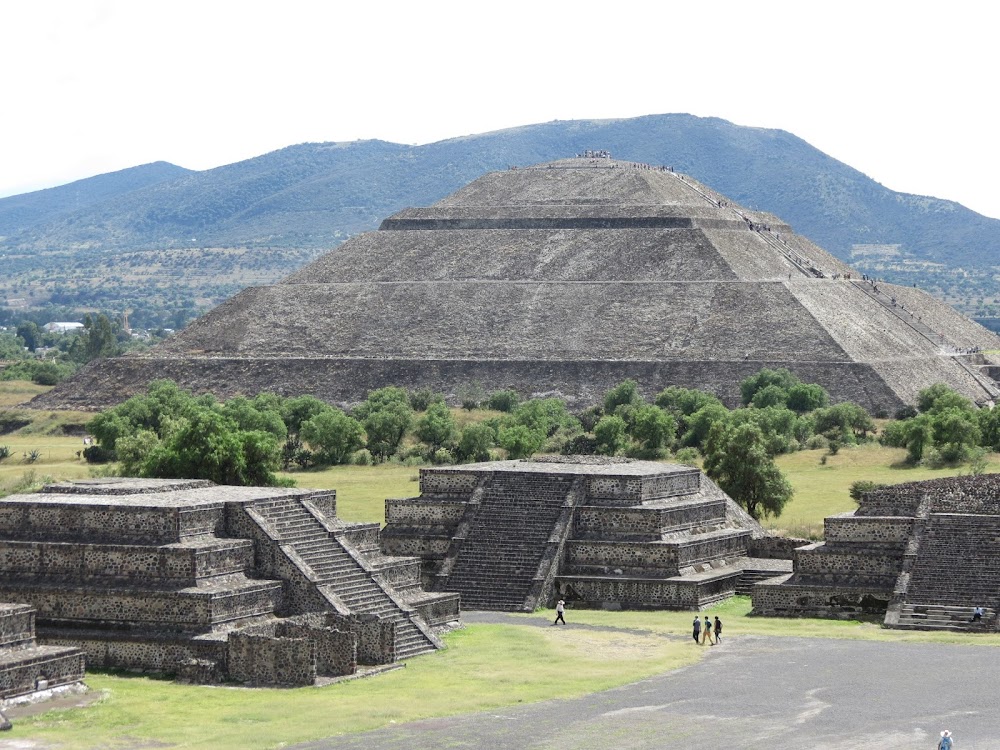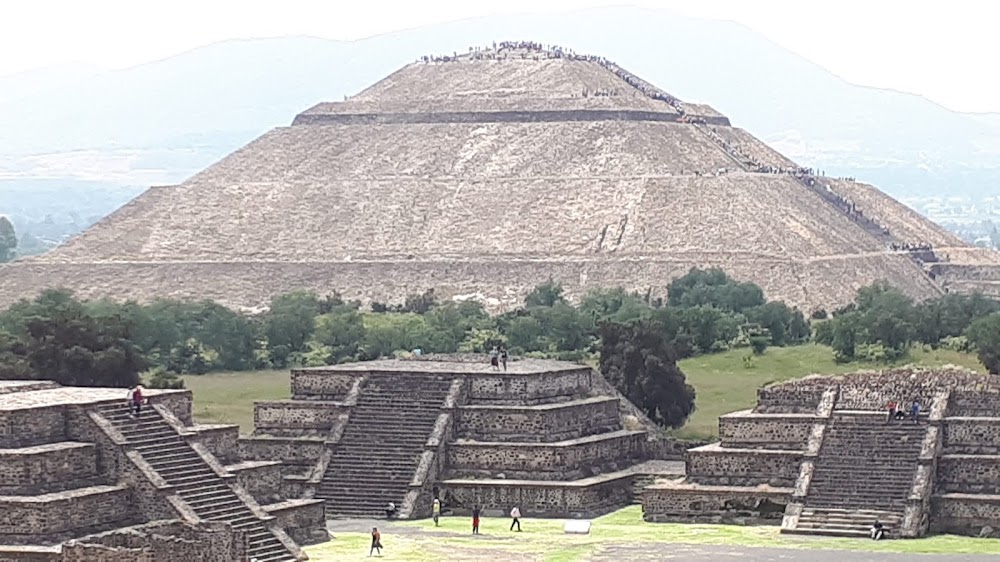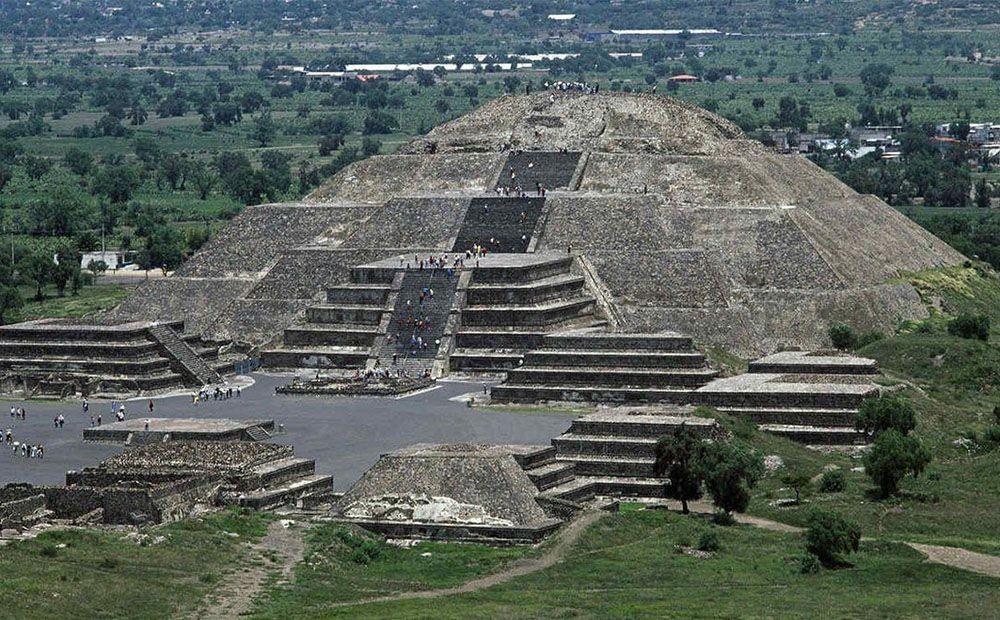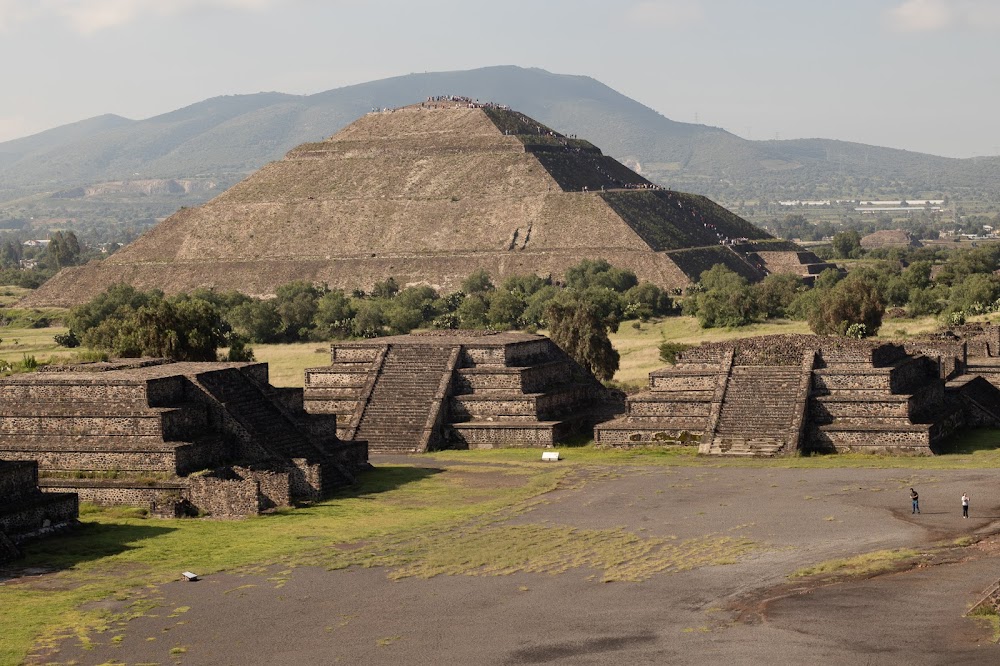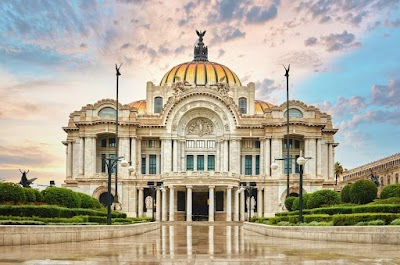Teotihuacan (Teotihuacán)
Overview
San Juan Teotihuacán, commonly known as Teotihuacán, is a magnificent ancient city located just outside modern-day Mexico City. Renowned as one of the most significant archaeological sites in the Americas, it is celebrated for its impressive pyramids and fascinating historical narrative.
Historical Significance
Teotihuacán was founded around 100 BCE and flourished, reaching its peak between 300 and 600 CE. At its height, the city was one of the largest in the world, boasting a diverse and vibrant population estimated at over 125,000 residents. This meticulously planned city exemplifies pre-Columbian urban design in Mesoamerica, showcasing the ingenuity of its builders.
Stunning Architecture
The architectural prowess of Teotihuacán is evident in its monumental structures, particularly the iconic Pyramids of the Sun and the Moon. The Pyramid of the Sun, the largest in the city, stands approximately 65 meters tall and is believed to be built over a sacred cave. Its construction involved meticulously cut stone blocks and a technique of adobe bricks coated with volcanic stone, highlighting the advanced engineering skills of the time.
The Pyramid of the Moon, located at the northern end of the grand Avenue of the Dead, is slightly smaller yet equally impressive. This grand avenue stretches over 2 kilometers through the heart of Teotihuacán and is lined with smaller pyramid temples and residential complexes. The Pyramid of the Moon served as a vital ceremonial site, playing a crucial role in religious practices and sacrifices.
Religious and Cultural Heritage
Another captivating feature of Teotihuacán is the Temple of the Feathered Serpent, also known as the Temple of Quetzalcoatl. Adorned with intricate stone carvings of serpents, this temple holds immense political and religious significance. Its construction reflects the advanced techniques and rich artistic heritage of Teotihuacán’s inhabitants.
Economic Hub
Beyond its religious importance, Teotihuacán was a thriving economic center. The city boasted extensive trade networks that extended into Central America, making it a bustling hub of commerce. Skilled artisans produced finely crafted pottery, obsidian tools, and elaborate murals that depicted various religious and cultural themes. The influence of Teotihuacán reached far beyond its borders, impacting neighboring cultures and economies.
The Decline
Despite its initial prosperity, Teotihuacán began to experience a decline around the 7th century. The reasons for this downturn remain a subject of debate, with theories ranging from internal conflict and resource depletion to external invasions. By 750 CE, the city was largely abandoned, yet its cultural and religious legacy continued to resonate, particularly among the Aztecs, who regarded Teotihuacán as a sacred site.
Modern Significance
Today, Teotihuacán stands as a testament to the innovation, cultural richness, and remarkable achievements of an ancient civilization in what is now Mexico. It attracts countless visitors eager to explore its grand architecture and enigmatic history. Ongoing conservation efforts are in place to preserve this ancient wonder, ensuring that future generations can continue to appreciate the splendor of Teotihuacán.


